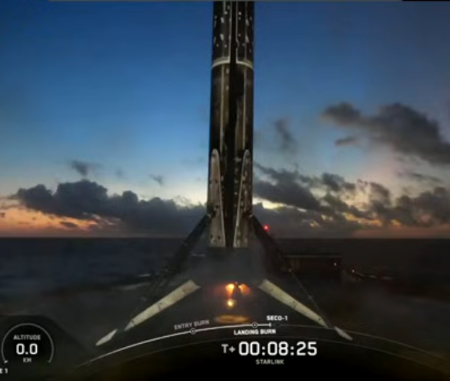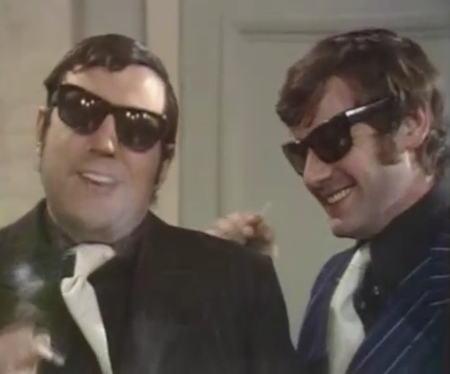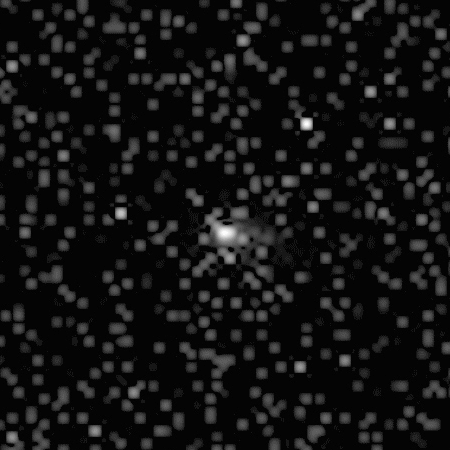China’s Long March 12A launches but fails to land the first stage
China’s new Long March 12A reusable rocket completed its first launch today (December 23 in China), lifting off from the Jiuquan space spaceport in northwest China. The attempt to softly land the first stage vertically at a landing pad down range however failed.
According to one report, the rocket’s upper stage reached orbit, but this remains unconfirmed. A Google-translation of this Chinese state-run report confirmed the failure of the first stage:
The rocket lifted off successfully after ignition, and its flight appeared normal during the visual observation phase. However, reports from the recovery site indicated an anomaly during the first stage’s re-entry, resulting in a “mushroom cloud” formation, and the successful recovery of the first stage was not achieved.
Several Chinese outlets showed the same image of that cloud. This is the second unsuccessful attempt by China this month to land a first stage, the first being the December 2nd attempt by the Chinese pseudo-company Landspace’s Zhuque-3 rocket. The Long March 12A is built by the government, so there is no make-believe company involved.
UPDATE: China’s state-run press has confirmed the upper stage reached orbit.
The leaders in the 2025 launch race:
168 SpaceX
86 China (a new record)
18 Rocket Lab
15 Russia
SpaceX still leads the rest of the world in successful launches, 168 to 143.
China’s new Long March 12A reusable rocket completed its first launch today (December 23 in China), lifting off from the Jiuquan space spaceport in northwest China. The attempt to softly land the first stage vertically at a landing pad down range however failed.
According to one report, the rocket’s upper stage reached orbit, but this remains unconfirmed. A Google-translation of this Chinese state-run report confirmed the failure of the first stage:
The rocket lifted off successfully after ignition, and its flight appeared normal during the visual observation phase. However, reports from the recovery site indicated an anomaly during the first stage’s re-entry, resulting in a “mushroom cloud” formation, and the successful recovery of the first stage was not achieved.
Several Chinese outlets showed the same image of that cloud. This is the second unsuccessful attempt by China this month to land a first stage, the first being the December 2nd attempt by the Chinese pseudo-company Landspace’s Zhuque-3 rocket. The Long March 12A is built by the government, so there is no make-believe company involved.
UPDATE: China’s state-run press has confirmed the upper stage reached orbit.
The leaders in the 2025 launch race:
168 SpaceX
86 China (a new record)
18 Rocket Lab
15 Russia
SpaceX still leads the rest of the world in successful launches, 168 to 143.







